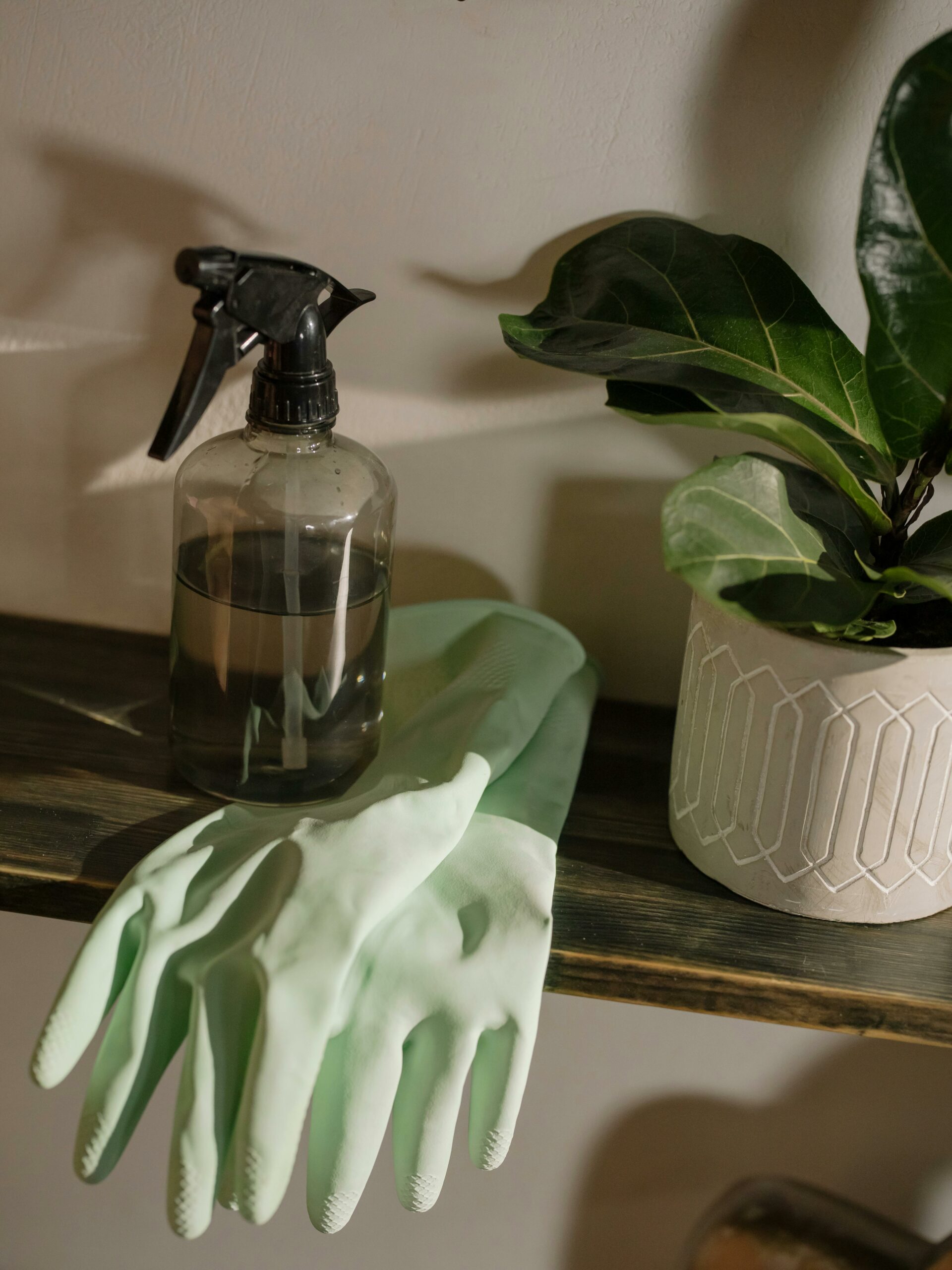Seasons come and go, but mold can be here to stay. As the seasons change, your home’s conditions do as well, inside and outside. Temperatures rise and fall, as well as humidity levels, so with these changes can come substantial mold growth. It’s important to know the significant health risks mold can have on your home and what to do about it. INX Indoor Air Quality can give you tips and tricks on maintaining a mold-free home. Read more on seasonal mold prevention Kennett Square techniques to keep and mind so that your indoor air is safe all year around!
Understanding Mold and Its Risks
What is mold? Obviously, mold can be seen on food and drinks but it also can show up within your home. It’s a type of green or grey fungus that loves warm and damp environments. A lot of times, people see mold in their basements, ceilings, walls, and floors. In worse cases, it can even spread to your HVAC system! Mold exposure is linked to various health issues, such as allergies, weak immune systems, and other respiratory problems. If you have any of these conditions already, mold can make them even worse so it’s important to know the proper prevention steps to take.
Key Tips for Seasonal Mold Prevention
Knowing what to do with your home during certain times of the year can be extremely beneficial in keeping your health in order. Are you located in more of a humid climate? Or do you happen to reside in colder temperatures? Here are some great Kennett Square home mold tips to keep in mind for all types of weather.
Control Indoor Humidity Levels
Humidity is the main ingredient for bad mold contamination. It’s important to keep your indoor humidity level below 60% so that you don’t cause mold growth. You can do this by having dehumidifiers in the home or some new AC units that can maintain optimal humidity levels, especially during summer. A lot of families invest in something called a hygrometer that can help monitor indoor humidity levels and make necessary adjustments.
Inspect and Repair Leaks
Leaks can happen no matter how old your house is. It’s imperative to regularly look for leaks in your roof, windows, or pipes. If there is even just a small leak happening and you don’t know about it, it can build up a significant amount of mold. Sometimes, knowing about leaks can be too late and create an ideal environment for mold to grow in. Make sure you repair or seal any leak found, no matter what, and this can help prevent moisture of any kind.
Ensure Proper Ventilation
Having the right ventilation system in place for rooms like basements, kitchens, or bathrooms are super important to reduce humidity. Whenever you’re cooking something that can create a lot of smoke, make sure to turn on your exhaust fan. This can help with ventilation. Also, something as simple as cracking open a window can vastly improve your air circulation.
Use Mold-Resistant Products
Believe it or not, there are products out there that are prone to moisture. Looking into what products are made with seasonal mold prevention materials can help provide an extra layer of protection against mold growth. Many people use mold-resistant drywall, caulk, or even paints in their bathrooms or basements to fight this fungus.
Clean and Dry Wet Areas Quickly
Of course, spills can happen, but once they do, it is essential to make sure any damp or wet areas are cleaned up as soon as possible. Mold can, in some cases, take hold of an area like that in less than 48 hours. So make sure you deep clean your walls, floors, and even furniture so that there isn’t any excess moisture you’re not aware of. Wet-dry vacuums are great for this kind of clean-up. Also, absorbent materials like sponges or paper towels.
Maintain Your HVAC System
As we’ve mentioned, HVAC systems are prime culprits for containing mold. You’ll need to clean or inspect your system as regularly as possible. If mold spores are in your vents, you risk mold being spread throughout your entire house. Another easy way to stay clean is to replace your air filters every month so that they can trap any airborne mold spores that are already floating around.
Clear Outdoor Drainage Systems
Inside your home is obviously the biggest area where mold can grow, but many homeowners forget that their gutters and downspouts can also be prime real estate for mold growth or water entering their homes. Make sure your drainage is up to date around the spring time and properly inspected so that your home’s foundation can remain dry and mold-free.
Store Items Properly
One of the worst things about mold is the damage it can cause. If you’re storing clothes for next season, make sure to use the right dry storage containers or bags and place them in a well-ventilated area. Clothes can get ruined by mold if not properly stored. Avoid placing them in basements or garages because these tend to be the most damp areas in a home. Also, using plastic bins with tight-fitting lids is a great way to keep your clothes away from water.
Year-Round Mold Safety
Mold doesn’t wait around for anything. Take into account that these year-round mold safety tips should be actively done on a year-round basis. Seasonal changes can bring their own set of challenges so it’s important to always stay vigilant. Regularly check your home for mold, musty odors, or any visible growth, and if you feel like the damage is already done, reach out to the professionals. INX has been helping people with residential mold inspection for years and is happy to assist in removing any sort of mold infestations. Reach out to us today if you’re interested in getting started!



